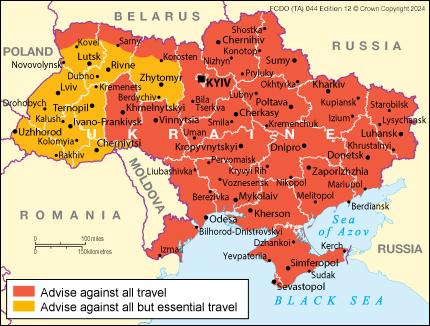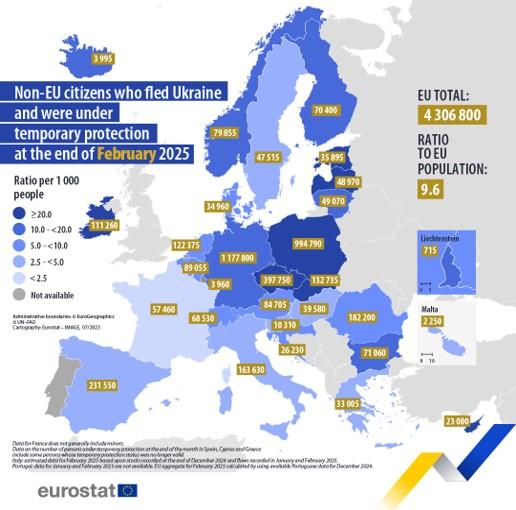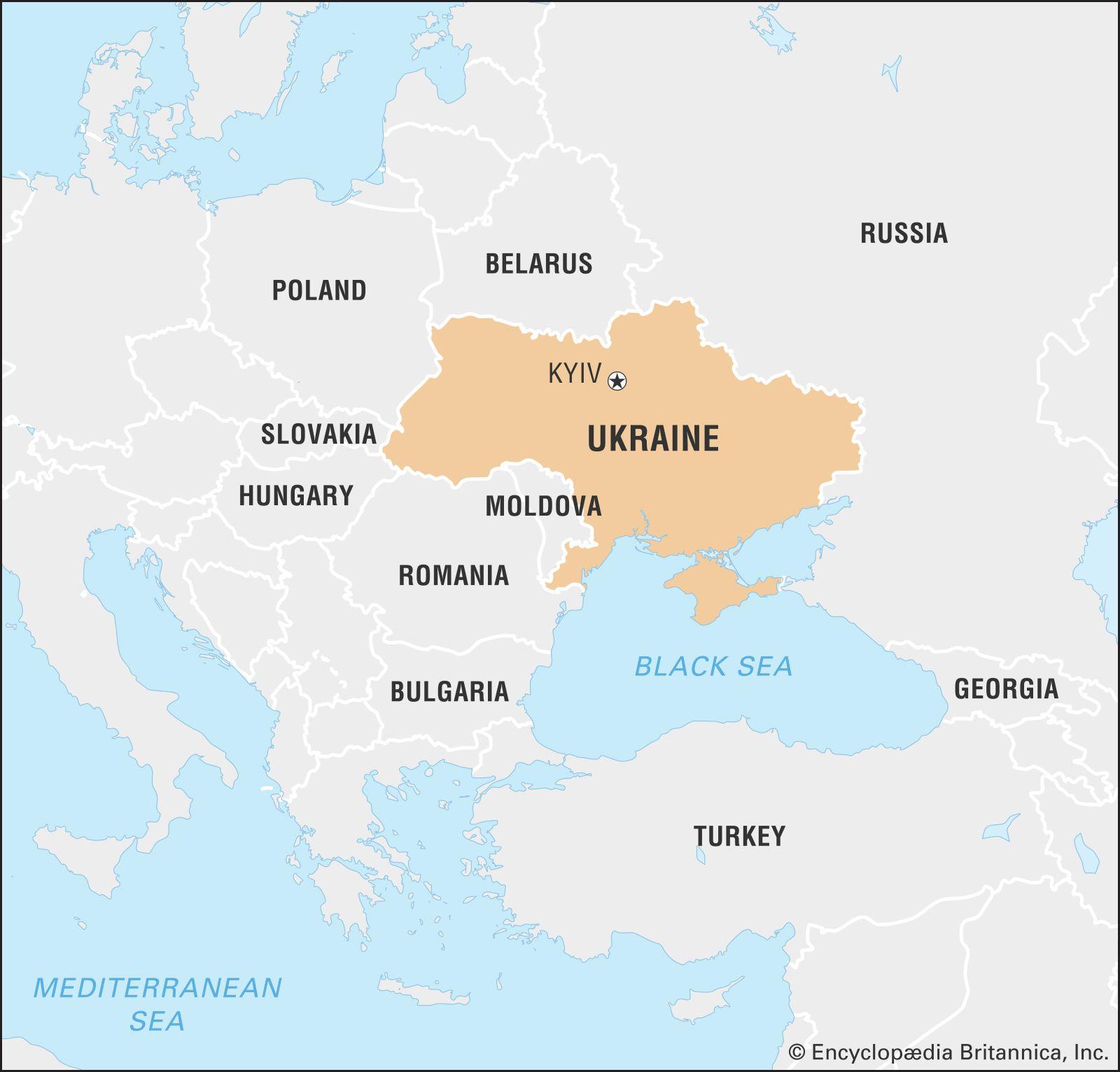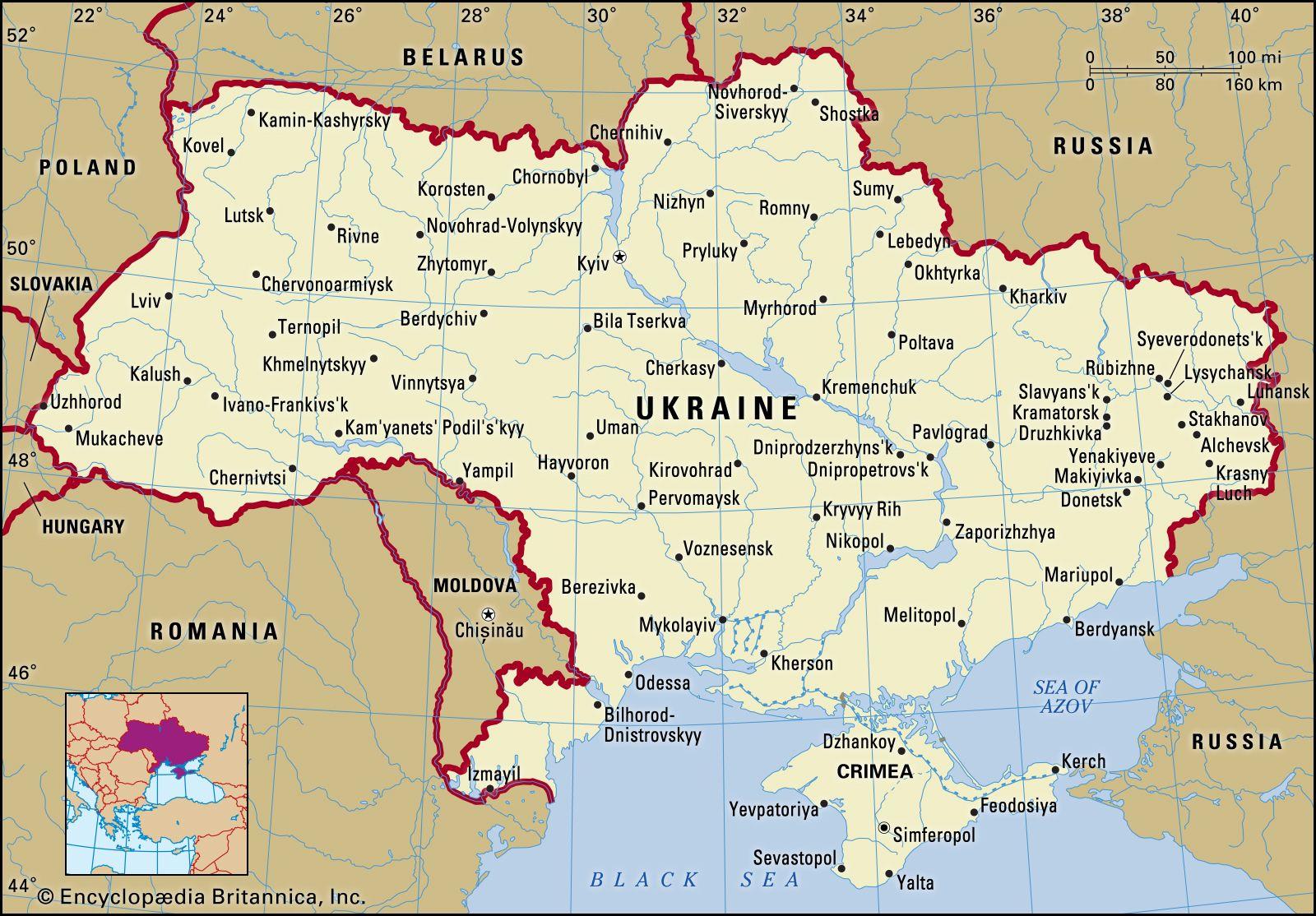Ukraine’s Alliance Strengthens as Allies Commit €21bn to Military Support
The recent commitment of €21 billion in military aid reflects a renewed and unified stance among Ukraine’s allies in response to the ongoing challenges faced by the nation. This meaningful financial pledge, derived from various countries and international organizations, aims to bolster Ukraine’s defense capabilities as it navigates a complex geopolitical landscape. The funds are expected to be allocated to a variety of military needs including:
- Advanced weaponry that enhances ground forces and air defenses.
- Training programs for Ukrainian troops to ensure effective use of new equipment.
- Logistical support to improve supply chains and operational readiness.
- Humanitarian assistance tailored to support displaced civilians affected by the conflict.
As the dynamics of warfare evolve, so too does the strategic focus of international partners. This infusion of aid not only signifies tangible support but also reiterates the collective commitment to safeguarding Ukraine’s sovereignty. Discussions among allies have emphasized the importance of adapting military strategies and enhancing interoperability, as Ukraine’s armed forces prepare for an escalated confrontation. The support is viewed not only as a means of defense but also as a strong message denoting the allies’ determination to uphold democratic principles in the face of aggression.

Assessing the Strategic Impact of increased Military Aid on the Conflict in Ukraine
The recent pledge of €21 billion in military aid from Ukraine’s allies marks a significant escalation in support for the embattled nation as it continues to grapple with ongoing aggression. This infusion of resources is expected to bolster Ukraine’s defensive capabilities while simultaneously signaling a united front among Western nations against the backdrop of increasing tensions in the region. The strategic impact of such a commitment can be dissected through several key dimensions:
- Enhanced Military Capabilities: The newly pledged aid aims to provide advanced equipment and technology, allowing Ukraine to integrate more sophisticated systems into its military operations.
- Increased morale: A robust display of international support can serve to uplift the morale of Ukrainian forces as well as the general populace, reinforcing the notion that they are not isolated in their struggle.
- Geopolitical Chessboard: The escalation in aid alters the dynamics of the conflict, as it may compel opposing forces to reassess their strategies and military objectives.
- Long-term Strategic Partnerships: Continued military support fosters deeper political and military alliances, potentially reshaping the security architecture of Europe for years to come.
Moreover, the infusion of military assistance not only aids Ukraine directly but also sends a clear message about the willingness of allies to confront aggression collectively. There are risks, of course; this increased support could provoke further escalatory responses from adversaries, leading to a cycle of retaliation and countermeasures. Nonetheless, the ability of Ukraine to sustain its defense and conduct operations effectively could ultimately reshape the trajectory of the conflict, highlighting the need for sustained international engagement and strategic foresight in addressing the multifaceted challenges posed by the situation.

Key Areas of Focus: How the New Funding Will Enhance Ukraine’s Defense Capabilities
The recent commitment of €21 billion in military aid to Ukraine signifies a pivotal shift in the ongoing conflict, with a focused strategy aimed at bolstering defense capabilities across several critical dimensions. To maximize the impact of this substantial financial influx, ally nations are prioritizing investments in advanced military technology and innovative defensive systems. This includes enhancing air defense mechanisms, modernizing artillery, and procuring cutting-edge surveillance equipment to provide Ukrainian forces with superior situational awareness on the battlefield.
Additionally, the funding will not only facilitate the acquisition of state-of-the-art weaponry but also enhance training programs to ensure that Ukrainian troops can operate these advanced systems effectively. Key areas for development will include:
- Cybersecurity Measures: Protecting critical infrastructures from digital threats.
- Logistical Support: Improving supply chain efficiencies for sustained military operations.
- Intelligence Sharing: Strengthening partnerships for better operational insights.
- Joint Exercises: Conducting training maneuvers with allied forces to enhance readiness.
This multifaceted approach aims to not only improve Ukraine’s immediate defensive posture but also to secure long-term military resilience as it faces ongoing challenges.

Recommendations for Effective Utilization of Military Aid to Maximize Strategic Advantage
To ensure that military aid translates into maximum strategic advantages, it is essential for Ukraine to adopt a complete approach that encompasses not just procurement, but also effective integration and innovative utilization of resources. This includes:
- Training and Capacity Building: investing in robust training programs for personnel to effectively operate and maintain advanced weaponry and systems.
- Logistical Coordination: Establishing efficient supply chains to facilitate timely distribution of resources, thereby minimizing downtime during critical operations.
- Intelligence Sharing: Enhancing collaboration with allied nations to ensure real-time intelligence that can inform operational strategies and ground tactics.
- Smart Technology Integration: Leveraging cutting-edge technology and cyber capabilities to augment conventional military strength and improve situational awareness.
Furthermore, fostering a culture of adaptability is key. Military leaders should regularly assess the effectiveness of the aid received and be prepared to pivot strategies based on battlefield dynamics. Effective communication between various branches of the military and reduction of bureaucratic obstacles will streamline operations. Prioritizing joint exercises with international allies can also enhance interoperability, ensuring that the various forces can act as a cohesive unit in times of conflict, maximizing the potency of every piece of military aid received.
